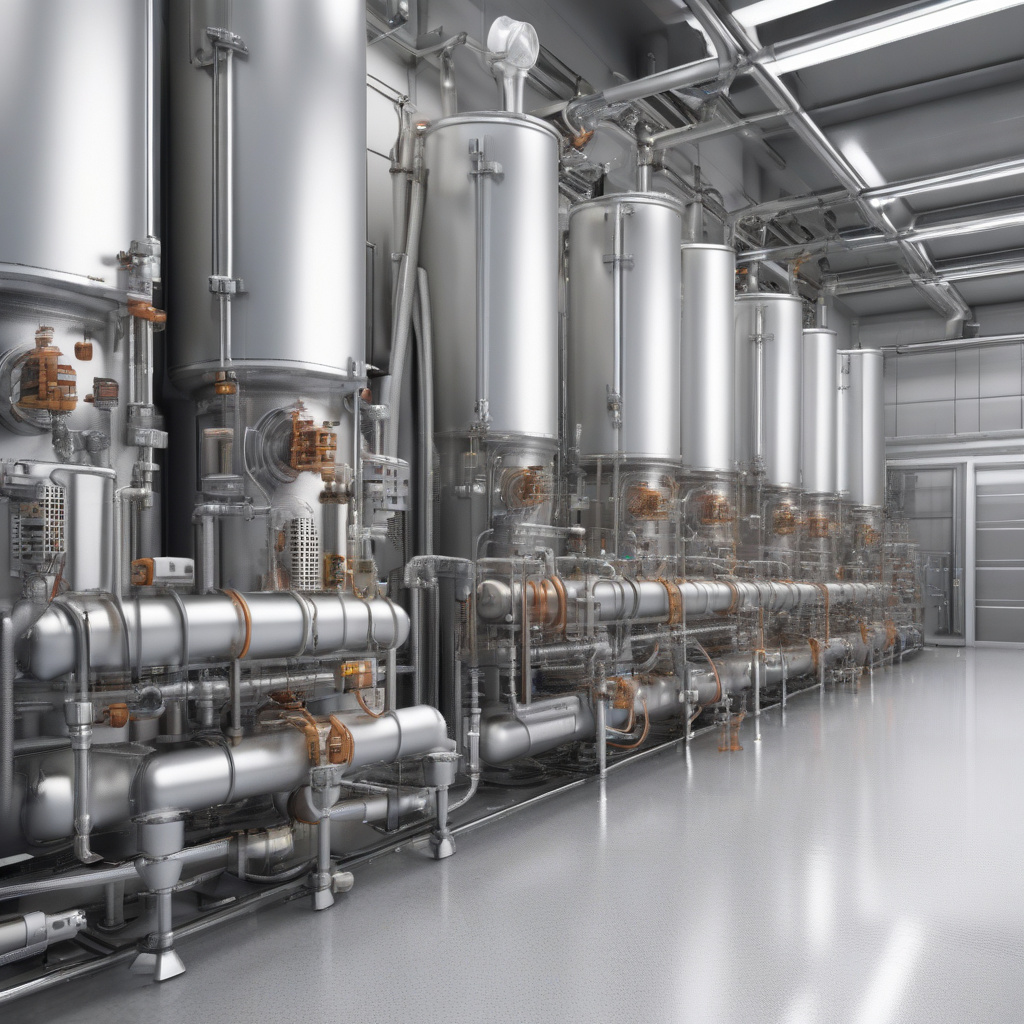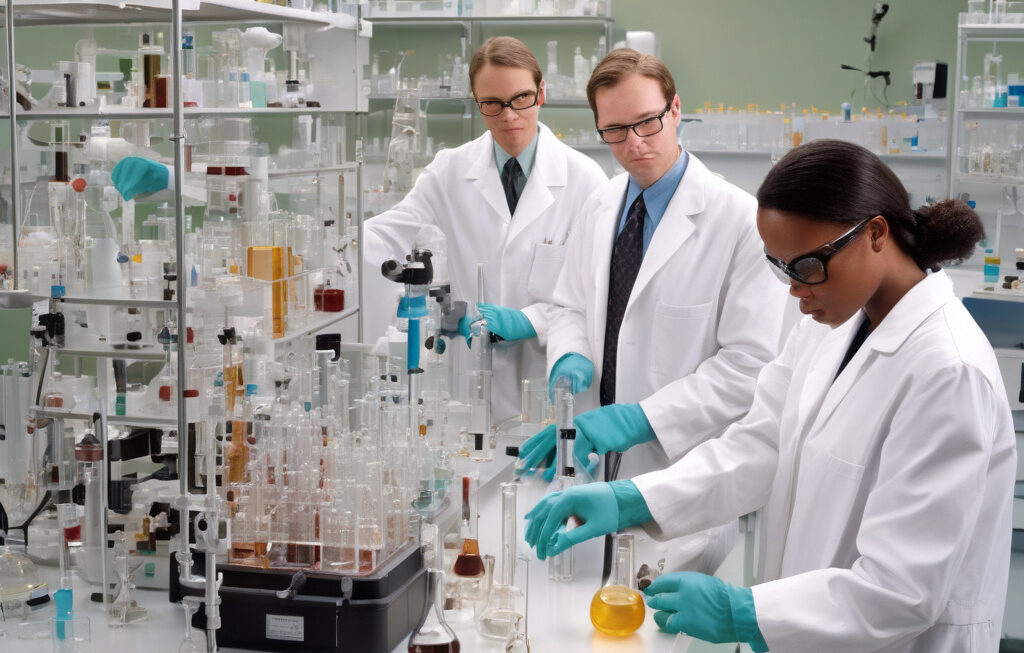New Zinc-Air Battery Generates Power and Hydrogen Peroxide for Wastewater Treatment
Researchers at the Indian Institute of Science (IISc) have potentially hit three birds with one stone by developing a groundbreaking zinc-air battery that not only produces power but also generates hydrogen peroxide for cleaning wastewater. This innovative technology marks a significant milestone in the realm of sustainable energy and environmental conservation.
The zinc-air battery is a type of metal-air battery that uses zinc as the anode, oxygen from the air as the cathode, and an electrolyte to facilitate the flow of ions between the two electrodes. What sets this battery apart is its ability to produce hydrogen peroxide as a byproduct of the electrochemical reactions that take place during energy generation. Hydrogen peroxide is a powerful oxidizing agent that can effectively neutralize pollutants and contaminants in wastewater, making it a valuable asset in water treatment processes.
One of the key advantages of the zinc-air battery is its high energy density, which allows it to store large amounts of energy in a compact and lightweight form. This makes it an ideal candidate for use in a wide range of applications, from portable electronics to electric vehicles. Additionally, zinc is abundant, low-cost, and environmentally friendly, making it a more sustainable alternative to traditional lithium-ion batteries.
The dual functionality of the zinc-air battery, as both a power source and a hydrogen peroxide generator, makes it a versatile solution for addressing the dual challenges of energy production and wastewater treatment. By harnessing the power of this innovative technology, industries and municipalities can not only reduce their carbon footprint but also minimize their impact on the environment by treating wastewater more effectively.
Furthermore, the integration of the zinc-air battery into wastewater treatment systems can lead to cost savings and operational efficiencies. By generating hydrogen peroxide on-site, facilities can eliminate the need to transport and store chemical oxidants, reducing the risk of accidents and spills. This decentralized approach to water treatment not only streamlines the process but also ensures a more sustainable and environmentally friendly solution.
In conclusion, the development of the zinc-air battery represents a significant leap forward in the fields of energy storage and environmental remediation. By combining power generation with wastewater treatment, this innovative technology has the potential to revolutionize the way we produce and consume energy while mitigating the impact of industrial activities on the environment. As we continue to explore new avenues for sustainable development, solutions like the zinc-air battery offer a glimpse into a cleaner, greener future.
energy, sustainability, innovation, wastewater treatment, IISc












